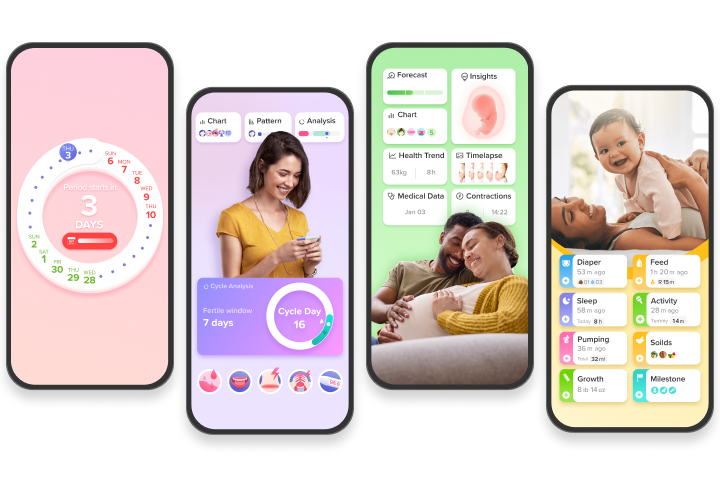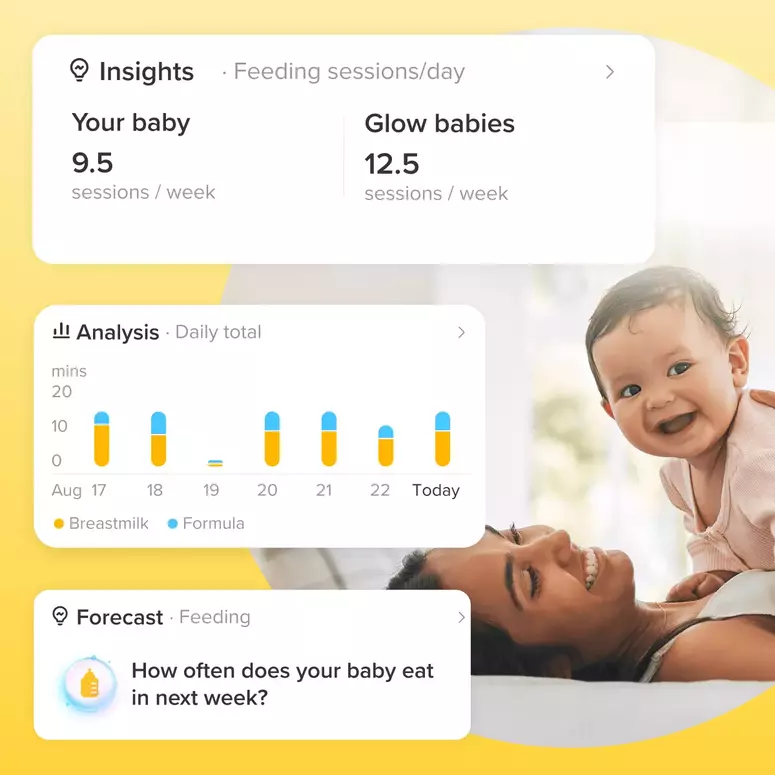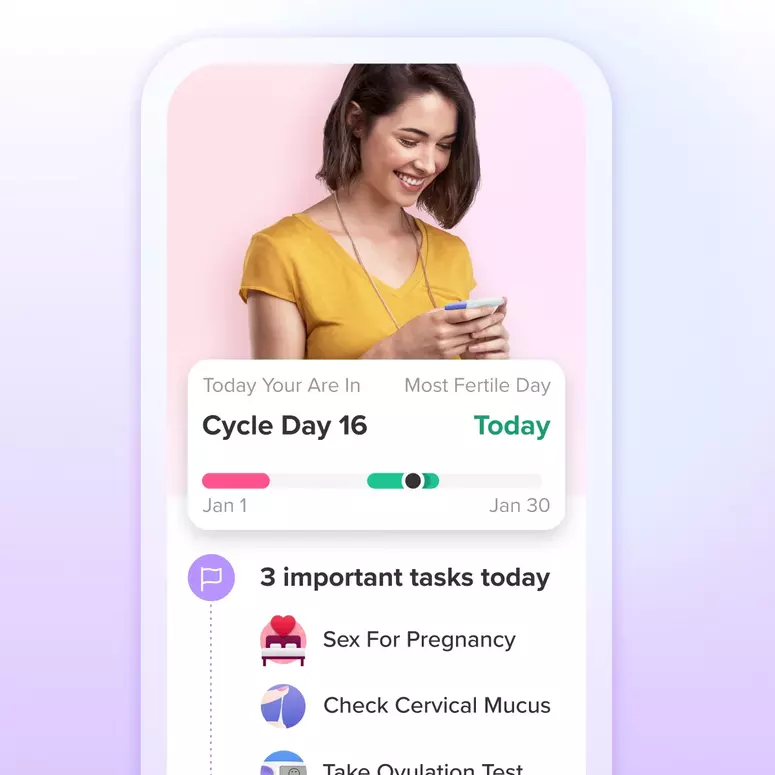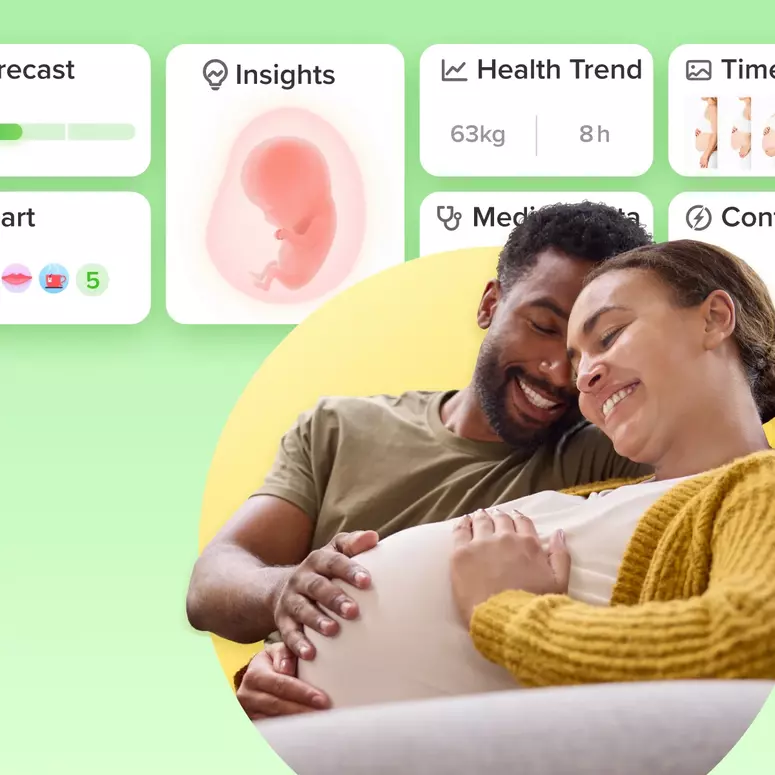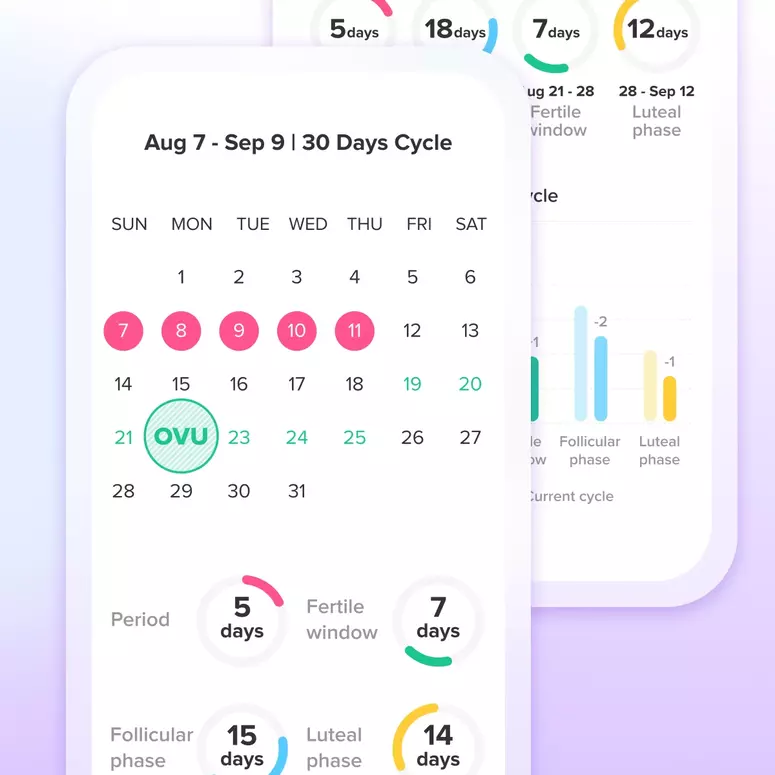BBT - The How's and The Why's
Measuring your bbt – your basal body temperature – is a key fixture of Glow and many other fertility apps. And consequently, it is a subject I am almost too well-versed in. However, for anyone who really wants to know this topic inside and out, I highly recommend reading “Taking charge of your fertility” by Toni Weschler. This will be just a brief overview:
Essentially, charting your bbt allows you to determine if ovulation has occurred AFTER it has already occurred. After ovulation, your basal body temperature will shift up by at least four-tenths of a degree (F). After that shift, if your temperature remains elevated for at least three days, you have ovulated. Congrats!

It is pretty nifty tool for determining pregnancy as well. If the bbt is elevated for more than 15+ days without a period (like this chart), there is good probability that you are pregnant.

Alternatively, if your bbt dips (like the chart below), then your period is most likely on its way.

Here is how it works:
Every morning, as soon as you open your eyes, before you stir or get out of bed, you take a special thermometer called a basal thermometer – which has 2 decimal places (97.67) after the period rather than the normal one decimal place (97.7) – and take your temperature. You can take it orally or vaginally. (I’ve only ever done oral – but many claim that vaginal is much more accurate. So your choice, but forget the armpit thing, which is useless.)
It is best if you set an alarm and do this at the exact same time every morning – including wknds. (Glow can help. Please click your reminder page to set a reminder for yourself.)
So let’s review:
Your bbt chart will look like it should IF:
+ You use a basal thermometer, not a regular one
+ You take your temperature at the exact same time every morning
+ You do it before you do ANYTHING else
+ You take your temperature orally or vaginally (especially if you sleep with your mouth open).
So does it work? Should you do it? Yes and no. Let me explain.
Yes–every woman should at some point track their bbt for a few months. When you do it right, it can be a huge relief to see the dip that followed by the spike. To know that you are ovulating. And it can even save you money on pregnancy tests.
There is an additional incentive as well: Glow learns quickly from bbt data. If you have a short Luteal Phase or other such issues, charting bbt can highlight this problem and Glow will send you a warning so that you can discuss it with your doctor.
And of course, bbt always gave me, personally, a measure of control. So much of fertility is passive. But my tracking my bbt it made me feel proactive. Like I was doing something to help. To get to know my body better.
So why no?
Because it does not work for everyone: If you have night shifts. If you drink. Take certain medications. If you have PCOS. If you have insomnia or trouble falling asleep. If you get sick – guess what: the chart will look like it got hit by an earthquake.
And that will just add to your stress levels.
So please always remember, bbt charting is wonderful, but it is JUST one arsenal in your tool-box. Tracking CM, your cervix, taking OPKs – these might work just as well for you, if not better.
I am sure I am forgetting stuff – and there are MANY women on here that are even more versed in this subject than I – so ask any questions you may have.
Thanks for reading!
PS. We have a special "Group" now JUST to discuss charts..it's called "Chart Analysis" - please go join now on iOS and in a few week on android. Thank you!
Vote below to see results!
Achieve your health goals from period to parenting.
